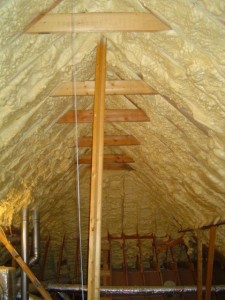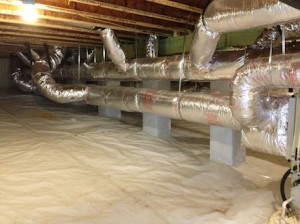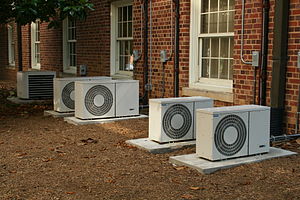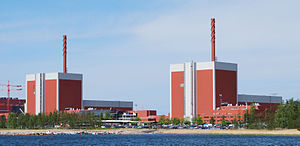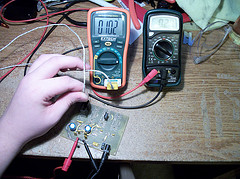It is in the perspective of the common use of foam spray as a use of spray insulation for attics but notes how the contractor in this situation did not do a proper job. He covered the spray onto the metal pipes which was indicating that there are combustion appliances, although he did leave some of the gable vents open for proper ventilation.
Basically, the spray was done at an improper time and should have been done after the HVAC system was installed and evaluated.
Considering spray foam in your attic? Great! Here is an important thing to know that you might not have thought of. http://t.co/vr1210JNXl
— Energy Smart Ohio (@energysmartohio) September 11, 2013
For more information, Read here – http://www.energyvanguard.com/blog-building-science-HERS-BPI/bid/70881/The-1-Question-to-Ask-before-Putting-Spray-Foam-in-Your-Attic
